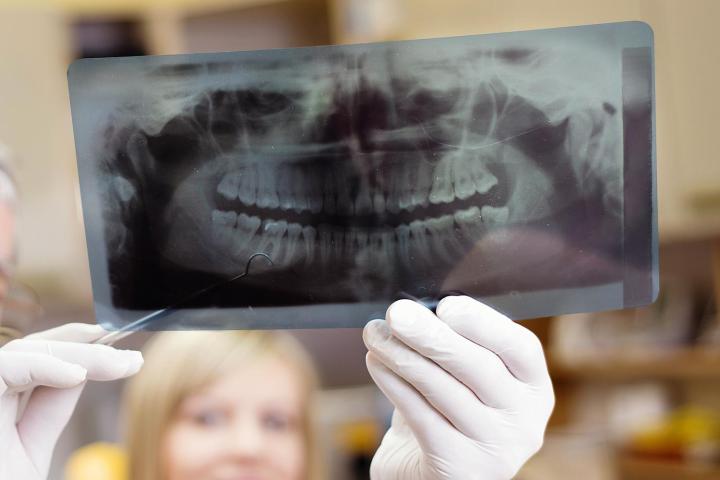
Good news for all you taffy addicts and crystal meth smokers out there — a Harvard-led team of scientists has just devised a way to regrow teeth. If developed further, this technology could spell the end things like fillings and dentures, and even lay the groundwork for other regenerative procedures like wound healing, bone regeneration, and more.
Published yesterday in the journal Science Translational Medicine, the procedure used to achieve this tooth regrowth sounds like it’s taken straight out of a science fiction novel. The team used a low-power laser beam to trigger human dental stem cells and encourage them to form dentin: the hard, bone-like tissue that lies underneath a tooth’s enamel and makes up the bulk of a tooth’s mass.
This is groundbreaking because up until now, stem cells –undifferentiated cells that have the ability to become different, more specialized types of cells– have proven difficult to manipulate with much precision. Scientists have long been fascinated with stem cells because of their potential to repair or replace damaged or worn out tissues, but generally speaking, medical researchers have struggled to figure out ways to coax them into becoming the specific types of cells, like dentin or skin, for example.
Pinning down the mechanism that causes a stem cell to transform into a particular type of new cell is tough. Previous techniques required scientists to isolate stem cells from the body, manipulate them in a lab until they grew into the particular kind of cell that was needed, and then return them to the body. Not only are these methods difficult and time-consuming, but they also face a number of regulatory hurdles, so progress in this area has been relatively slow.
This new laser-based method, however, is considerably faster and vastly less invasive. Furthermore, the new technique was proven to work on multiple lab and animal models, which is extremely promising. We’ll let you dig into the technical details on your own, but the big takeaway here is that this was a big step for stem cell research, and will hopefully accelerate the pace at which next-gen restorative medicine is developed.
Find out more here.
[Image courtesy of Halfpoint/Shutterstock]




